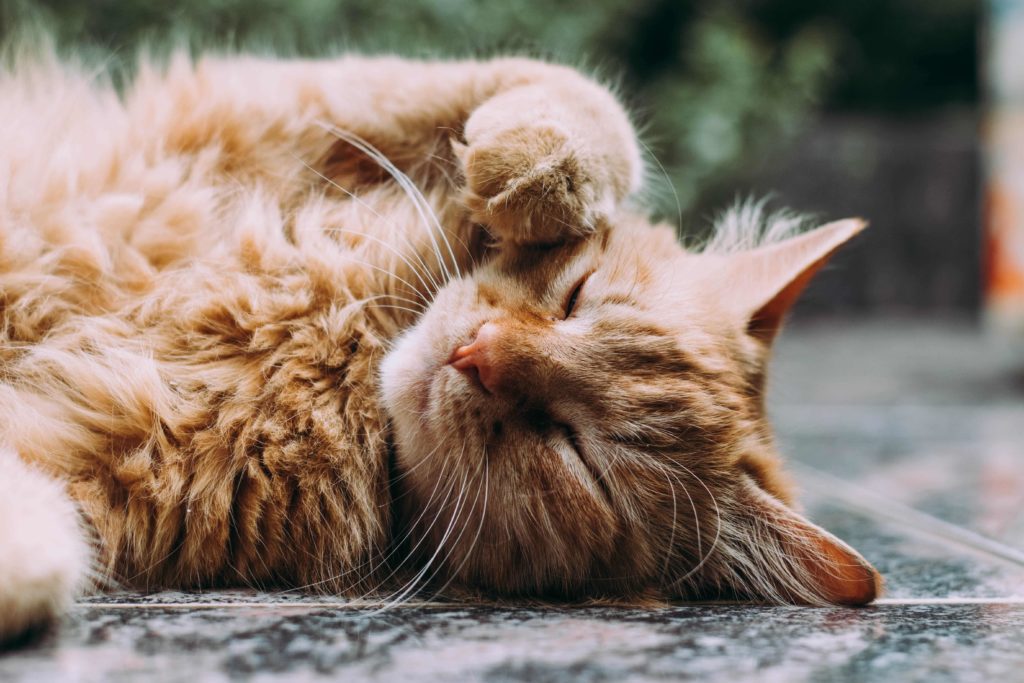Cats, our furry friends we all know and love! But do we know their history as well as we know their personalities and characteristics today?
Evolution and domestication
It has taken scientists a long time to piece just how, when and where cats first became domesticated. Wild cats and domestic cats have very similar skeletons, making archaeological remains very difficult to identify. Cats are first thought to have been domesticated in what is now known as modern-day Syria, Iraq, Lebanon, Israel and Jordan. Some of the first evidence of early cat domestication came from Cyprus in 1983, when archaeologists found a jawbone from a cat dating back 8,000 years.
Due to Cyprus being an island and a wild cat making a poor passenger, it can be assumed that people intentionally took cats with them, as pets. This finding suggested that domestication occurred at least 8000 years ago. Following this, there was an unearthing of an even older site in Cyprus, in which a cat had been deliberately buried with a human. This pushed the approximate date of domestication back to around 10,000 years ago. With the advancements in genetic analysis, a study in 2007 published in the journal Science proved that all domesticated cats are direct descendants of the Middle Eastern wildcat (Felis sylvestris) and that domestication in fact could have taken place as far back as 12,000 years ago.
This further supported the beliefs of many scientists that the domestic cat lived alongside humans during the beginnings of agriculture. It is believed the reason why cats started living closer to people, was to take advantage of the mice and food scraps found in and around human settlements.
What have cats been used for
Cats are common pets throughout the world and have been used to control rodents, notably around farms as well as aboard ships for hundreds of years. As well as being kept as pets, cats have also been used in the international fur trade and leather industries for making coats, hats, blankets. This has now been banned in the United States, European Union and the United Kingdom.
Cats around the world
In ancient Egypt, cats were worshipped and given status amongst the people. Cats were also embalmed, placed in tombs, or buried in sacred repositories. In ancient Egypt killing a cat was forbidden, and when a household cat died the entire family mourned and shaved their eyebrows. Ancient Romans held a similar love for cats, which were seen as a symbol of liberty. In the Far East, cats were valued for the protection they offered to religious artefacts such as manuscripts from rodents. In many pagan cultures cats are believed to be reborn souls and guides for guides humans.
Superstitions and rituals
In many cultures there are still negative superstitions about cats. An example would be the belief that encountering a black cat could lead to bad luck, or that cats are witch’s familiars. During the Middle Ages cats would be burnt alive in attempt to cleanse an area from bad spirits. This practice is now believed to have been a factor in the spread of the black plague, as rodent numbers increased due to the lack of cats. It is also noted that people would collect the embers and ashes of a dead as they were believed to bring good luck. According to a myth in many cultures, cats have multiple lives. In the UK and USA cats are believed to have nine lives, but in Italy, Germany, Greece, Brazil and some Spanish-speaking regions, they are said to have seven lives, while in Arabic traditions, the number of lives is six.




